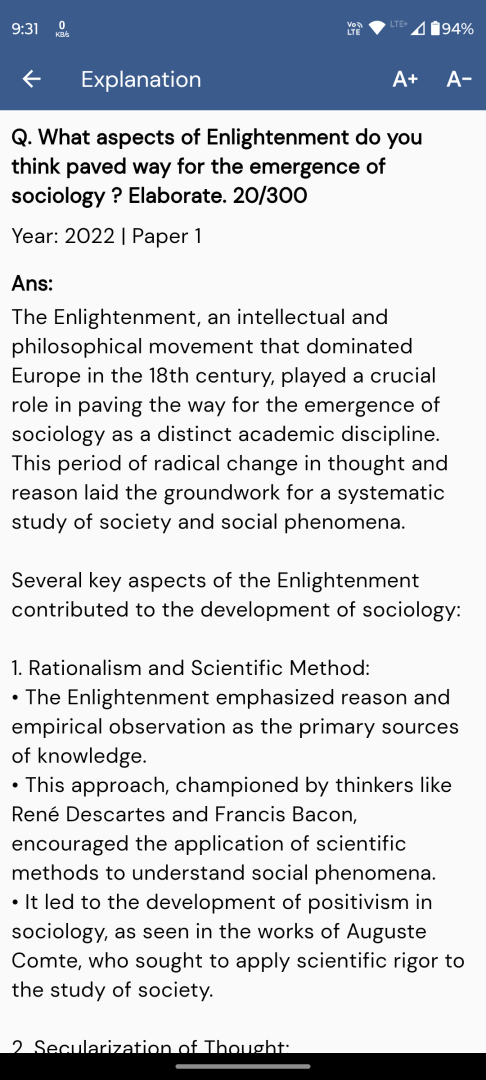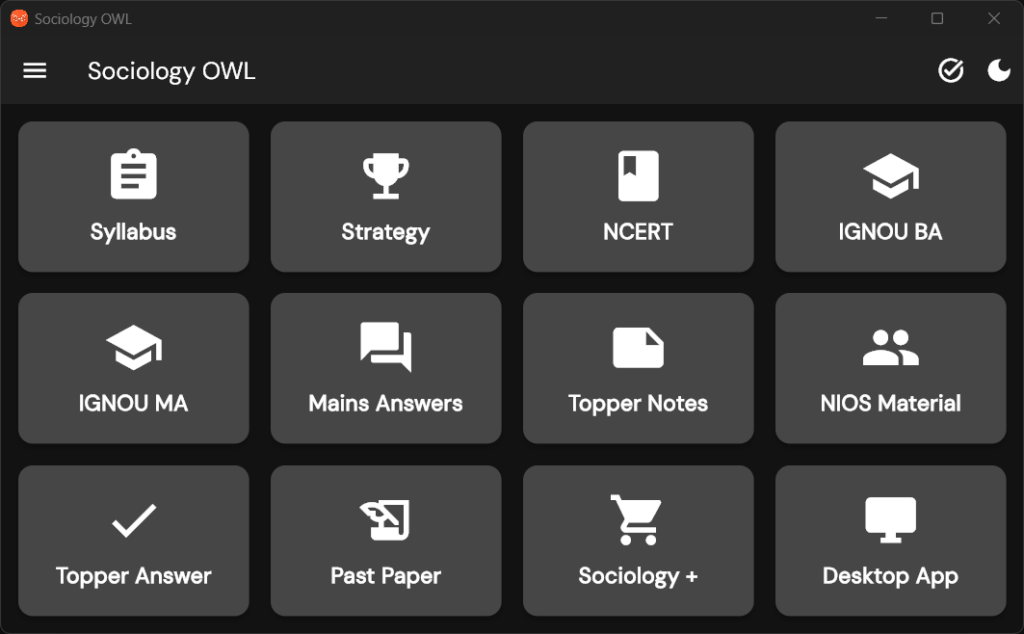Q. Do you think that the formal workspaces are free of gender bias? Argue your case.
UPSC Sociology 2025 Paper 1
Model Answer:
While formal workspaces have made significant strides toward gender equality, substantial biases persist beneath surface-level reforms, creating a complex landscape of both progress and continuing challenges.
Evidence of Progress
Legal and Institutional Advances:
• Anti-discrimination laws, sexual harassment policies, and diversity mandates have created formal accountability mechanisms
• Women’s workforce participation has increased dramatically; women now constitute 40% of global formal workforce
• Educational parity achieved—women often outperform men in higher education
Breaking Barriers:
• Glass ceiling shows cracks—more women in boardrooms and C-suites than ever before
• Gender-neutral parental leave policies in progressive organizations
• Flexible work arrangements post-COVID benefit work-life balance
Persistent Challenges
Structural Inequalities:
• Sylvia Walby’s patriarchal structures remain embedded—women hold only 27% of senior management roles globally
• Gender pay gap persists at 16-20% even for similar work
• ‘Pink-collar’ occupational segregation continues
Cultural Barriers:
• Arlie Hochschild’s ‘second shift’—women perform 2.5x more unpaid care work
• Microaggressions persist—’manterrupting,’ ‘hepeating,’ disproportionate ‘office housework’
• Motherhood penalty vs. fatherhood premium in career advancement
Implementation Gaps:
• Formal policies often lack enforcement mechanisms
• Unconscious bias in hiring/promotion—men judged on potential, women on performance
• Old boys’ networks exclude women from informal decision-making
Conclusion:
Formal workspaces exist in transition—neither completely biased nor truly equitable. While legal frameworks mark progress, deep-rooted cultural and structural barriers prevent substantive equality, requiring sustained systemic transformation.





